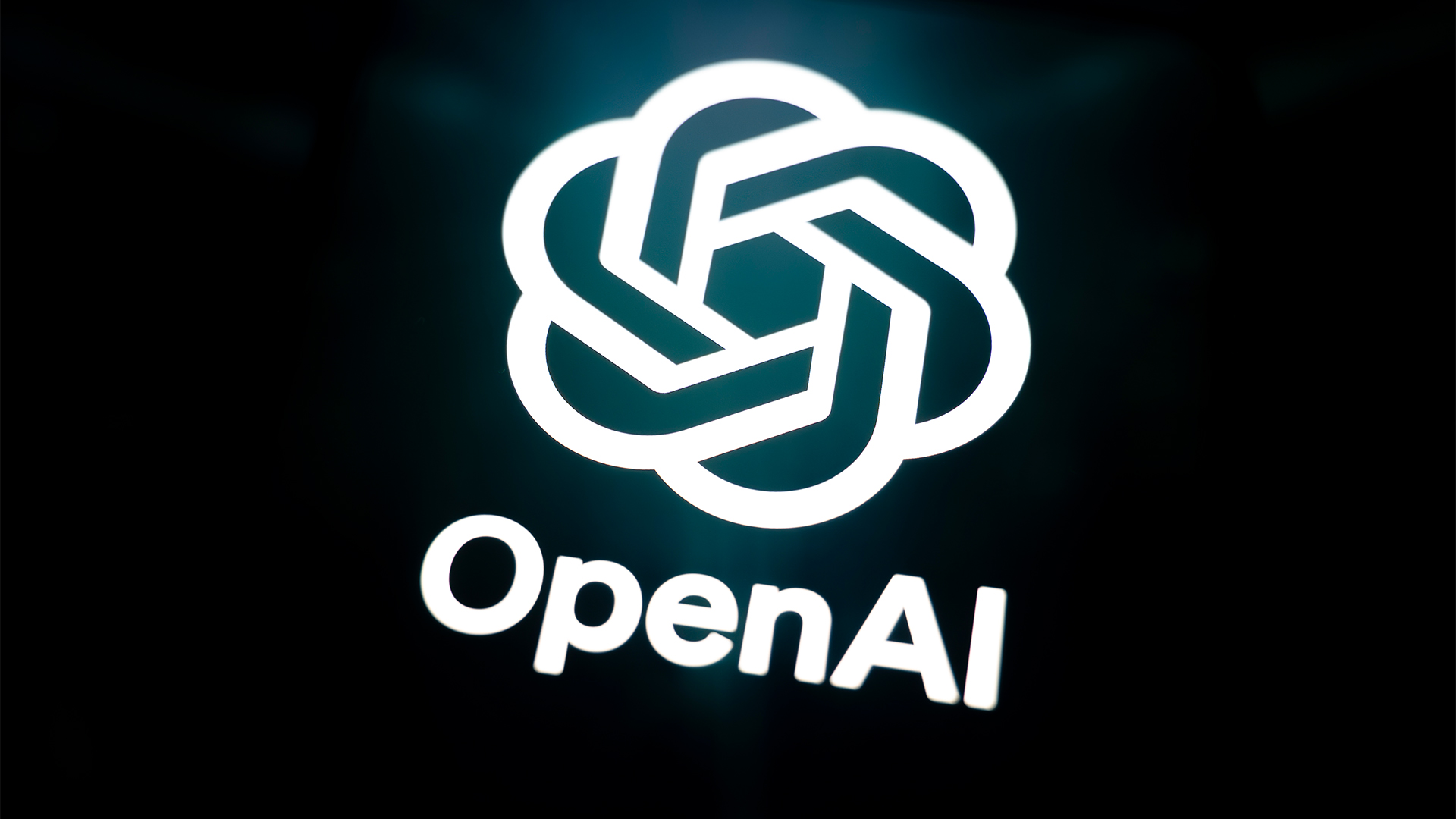How to choose the right network monitoring solution
A guide to what to look for in a network product, including a roundup of some of the better tools out there


IT support isn't just about fixing printers and resetting passwords. Your technical staff should be constantly monitoring your network for emergent problems or faults, and then responding proactively to ensure that any issues don't impact on your productivity.
In this age of growing networks and shrinking budgets, however, that's a big ask. You need an ally in the form of network monitoring software. This will expose precisely what's on your network, and alert you in double-quick time to problems and failures. And the good news for SMBs is that there are plenty of affordable monitoring products available, making it simple to stay on top of your network and application health.
In this buyer's guide, we look at software solutions from four big names - Ipswitch, ManageEngine, Paessler and SolarWinds. They're all designed to suit the needs of a typical SMB, and we put each one through its paces in the lab to help you choose the right one.
Watchdogs
Your first question might be whether this is an area where you really need to spend money at all. There certainly are free and open-source network monitoring utilities - but these have many limitations, including limited feature sets that mean you will probably need to run multiple tools in conjunction to capture all the key information. This complicates configuration and maintenance, and leaves you with multiple points of potential failure.
When it comes to something as critical as your network, it's best to use a single paid-for product, where all features are properly integrated and support is just a phone call away. With all devices, applications and services monitored from one console, it's far easier to quickly spot and address problems.
On that note, it's a good idea to look for a package that allows you to customise its main dashboard. Network monitoring software can pull together a huge amount of data, but the particular devices and services that are critical to your organisation should be front and centre.
Alerting features are important too, as you might not always be sitting in front of the console. Most monitoring packages can raise the alarm when a device goes down, or when a threshold is breached (such as CPU usage or temperature). These can range from opening a pop-up window to sending an email, firing off an SMS or even automatically triggering a user-specified script.
Sign up today and you will receive a free copy of our Future Focus 2025 report - the leading guidance on AI, cybersecurity and other IT challenges as per 700+ senior executives
Be prepared
Monitoring software won't interfere with the operation of your network, but you'll probably need to do a bit of preparatory configuration before you get started.
Infrastructure devices such as switches, routers and firewalls use SNMP to report their status, but this service is invariably disabled by default. You must enable it by hand - otherwise your monitoring software will only be able to report very limited information about what's going on. If it's available, use SNMPv3 as it adds extra security, requiring the monitoring software to authenticate before allowing access.
For systems that use Windows, Microsoft's Windows Management Instrumentation (WMI) service is the preferred monitoring method. This provides even more information than SNMP, such as details of services, processes and storage usage. It also allows you to monitor Hyper-V hosts.
Products will often rely on high-level device credentials to gather information, so for security's sake it's essential that you lock down access to their administrative consoles.
Certain platforms allow you to set up multiple users with their access restricted to specific functions, such as viewing and reporting. This is a feature worth looking for: it could prove valuable down the line, even if your current IT support team is one guy in a hoodie.
Licensing - sensor, element or device?
Perhaps the biggest headache when choosing a network monitoring solution is the confusing proliferation of licensing schemes. Almost every vendor has its own unique pricing structure (and each claims that it is the most convenient and affordable).
Some charge per "element", or per "sensor". These are effectively the same thing, each one representing a single monitored item. On a server, this could be one CPU core, one Windows service or one disk volume; on an Ethernet switch, it could be one network interface.
Device licences are easier to understand: one licence allows you to monitor anything and everything that's happening on a single device. No matter how many ports your switch has, or how many services your Windows server is running, it will only use up one licence.
The catch is that if you only want to keep an eye on one or two items, you still have to license the entire server. Sensor licences provide more flexibility, but you have to think carefully about exactly what you're going to monitor, and how many sensors you need. If you're going this route, be sure to choose a product that makes it easy to reassign sensors between devices.
Optional extras
As well as basic licensing costs, keep an eye out for potentially pricey add-ons. Many monitoring packages aren't limited to basic devices and services, but can also keep an eye on business apps including Exchange, IIS and SQL Server, plus cloud services such as Dropbox, Amazon AWS, Microsoft Azure and Office 365.
However, you may find that these capabilities are offered only as paid-for extras. Some products also charge for Hyper-V and VMware monitoring, while others include it as standard.
Another potential differentiator is the ability to monitor the network from your mobile device. Some platforms provide free iOS and Android apps that connect to the monitoring host, while others are entirely lacking in such services.
Whatever features you need, you will find a great spread across the four products we've included in this roundup - and all of them are available as free, time-limited evaluations, so you can try them out to make sure you buy the one that best suits your needs.
Dave is an IT consultant and freelance journalist specialising in hands-on reviews of computer networking products covering all market sectors from small businesses to enterprises. Founder of Binary Testing Ltd – the UK’s premier independent network testing laboratory - Dave has over 45 years of experience in the IT industry.
Dave has produced many thousands of in-depth business networking product reviews from his lab which have been reproduced globally. Writing for ITPro and its sister title, PC Pro, he covers all areas of business IT infrastructure, including servers, storage, network security, data protection, cloud, infrastructure and services.
-
 OpenAI's 'Skills in Codex' service aims to supercharge agent efficiency for developers
OpenAI's 'Skills in Codex' service aims to supercharge agent efficiency for developersNews The Skills in Codex service will provide users with a package of handy instructions and scripts to tweak and fine-tune agents for specific tasks.
-
 Cloud infrastructure spending hit $102.6 billion in Q3 2025
Cloud infrastructure spending hit $102.6 billion in Q3 2025News Hyperscalers are increasingly offering platform-level capabilities that support multi-model deployment and the reliable operation of AI agents
